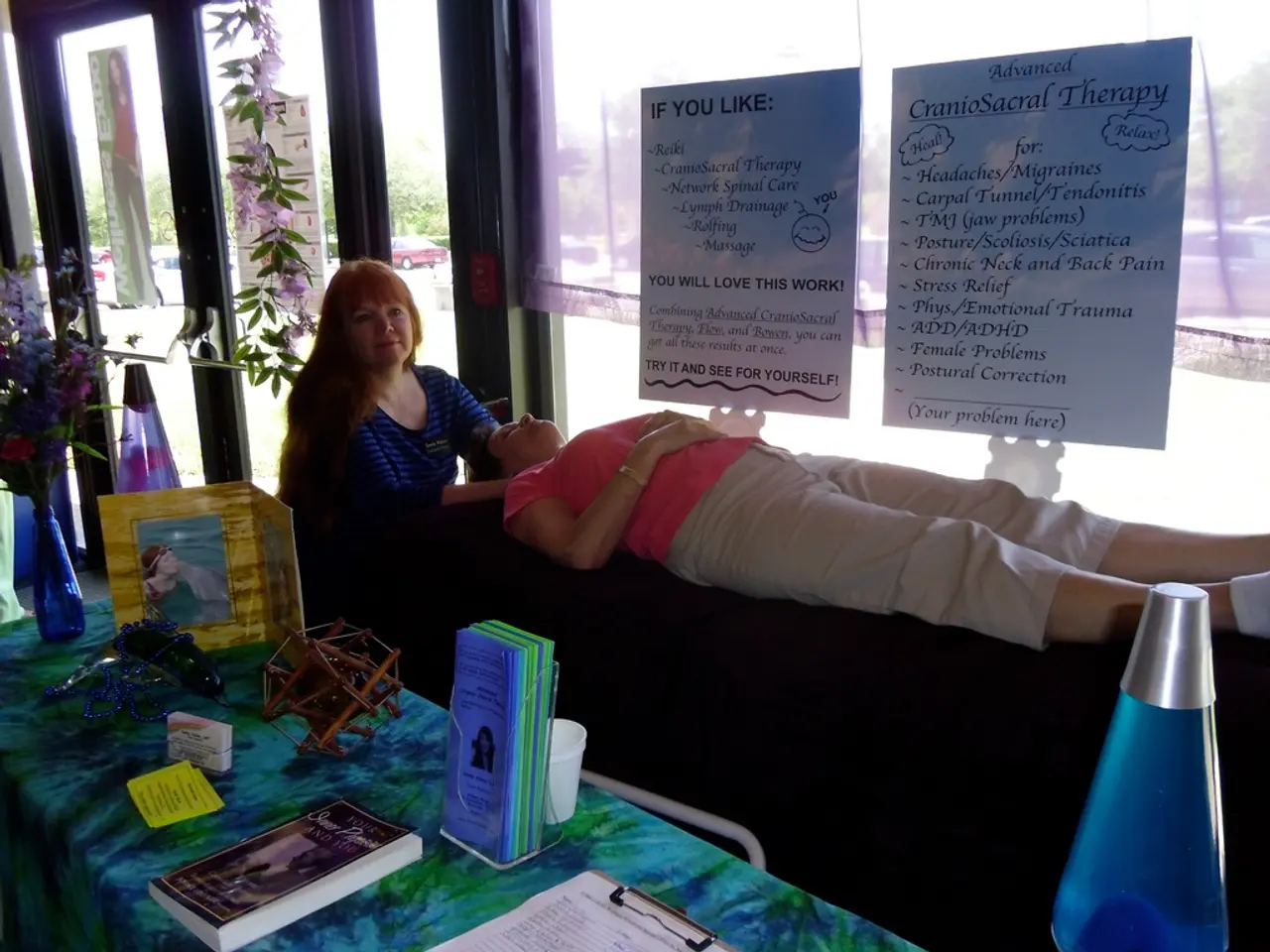Warning Signs of Adolescent Self-Inflicted Injuries
Self-harm among teenagers is a growing concern, with nearly 1 in 5 teens having self-injured, according to recent studies. This behavior, often referred to as Non-suicidal self-injury (NSSI), is more common than expected and can be a form of communication, a cry for help.
Teens may attempt to conceal self-harm by controlling the placement of injuries, covering injured areas, or using an unusual amount of bandages or first aid supplies for "accidental" injuries. Some may show fascination with self-harm, such as reading or watching videos about the behavior online or befriending others who engage in forms of self-injury.
Key signs that a teen might be self-harming include unexplained cuts, burns, or bruises often on arms, legs, or torso; wearing long sleeves or pants even in warm weather to cover injuries; frequent reports of accidental injuries; withdrawal from friends and activities; and changes in mood such as irritability or sadness.
If you suspect that your teen is self-harming or they tell you, it's important not to react with anger or criticism. Instead, approach with empathy and without judgment, acknowledging their feelings and experiences. Encourage professional support such as therapy with mental health providers who can address underlying issues and teach healthier coping skills. Involve family where possible, creating a supportive environment and improving communication, as family stress and relationships are often related factors.
Identifying and reducing stressors related to family, school, or social life that contribute to their distress is also crucial. Ensure safety by reducing access to means of self-injury and developing safety plans with clinicians. Early adolescence (ages 12-14) is a critical period when self-harm behaviors often begin, partly due to hormonal and emotional changes that impair self-regulation, making teens more vulnerable to impulsive harmful acts.
Self-harm is often seen as a misguided way of coping with intense emotions. Those who self-harm may view it as a form of release or a distraction from emotional pain. Some may feel emotionally numb and view it as the only way they can feel anything. Self-harm is one of the strongest predictors of a future suicide attempt, so timely intervention is crucial.
In summary, recognizing behavioral and physical signs and providing compassionate professional and family support are essential steps for helping a teen who self-harms. It's important to look for patterns of signs rather than individual signs when trying to identify self-harm. If you're concerned about a teen you know, reach out to a mental health professional for guidance and support.
- To foster a healthier lifestyle, workplace wellness programs can incorporate mental health, fitness and exercise, and nutrition initiatives, helping employees manage stress and maintain their overall well-being.
- In today's world, where technology is ubiquitous, it's essential to prioritize education and self-development, particularly in the areas of mental health awareness and digital literacy, ensuring our teenagers are equipped to navigate the complexities of our society.
- Self-care is an integral part of personal growth, encompassing not only physical fitness and exercise but also mental health, skin care, and stress management techniques.
- As our understanding of the brain and behavior evolves, mental health therapies and treatments have come a long way, incorporating evidence-based practices that cater to specific needs, such as cognitive-behavioral therapy and dialectical behavior therapy.
- Parenting a teen can be challenging, requiring patience, understanding, and communication skills, especially when dealing with potential issues like peer pressure, academic stress, and mental health concerns.
- In addition to offering educational resources, schools play a vital role in promoting health and wellness, through Holistic health and wellness initiatives, fostering a supportive and nurturing environment where students feel valued and empowered to thrive.




